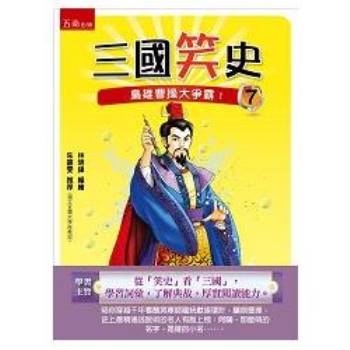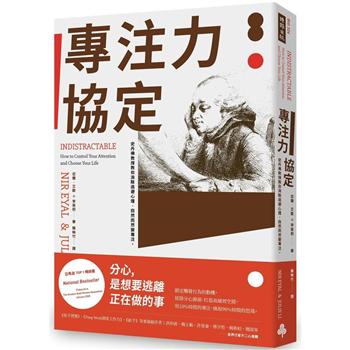While it is often that the case that prejudice allocates good people to potentially evil, by appearance only, evil can sometimes present as benevolence. While some applaud what is presented as the wholesome overthrowing of a despotic regime, others will know as fascism. Or religious supremacy. Or moral superiority. History often eventually births evidence of a greed-driven fallacy.
MERCY RILEY is thrust into life in the cramped, cold little room down back of Our Lady of Perpetual Sorrows Mother and Baby Home. In the rarely-visited coastal village of Weary Bay. A place of shame, Mercy is born and raised a secret. Never permitted to know her mother, her name concocted for expedience by strangers. While social acceptability is not her destiny neither is obscurity and around the age of thirteen she escapes. Lost and vulnerable she is discovered and aided by Black Annis, not even slightly mortal. Taken in by the Travelers she is sequestered, for her protection and education, with Maisie Raith the Weary Bay’s generations-long practitioner of witchcraft, where she learns some semblance of what it means to live beyond a walled, barred institution. She learns to heal and foretell a person’s death through tarot cards, but she is also taught-maybe randomly, maybe by design-to kill with precision.
RAVEN, a wild faerie with the terrible curse of empathy, loves Mercy uttterly is reclusive, busted, dangerous and lost, has his heart brokenagain and again by injustice. The cop, HENRY WABAUN, who initially thinks nothing of his enquiry into Raven’s bashing is drawn into the inevitability of the Great Mystery’s plan for what is right.
In the style of mixed folktales Mercy finds herself a piece on the chessboard of a brutal story. Her reason for existence woven into a tapestry of seeming confusion.
At the very close of winter, the city of New Rathmore is rendered powerless beneath the frozen discord of a late season arctic ice vortex. The metaphor of From Winter, Springis Born, is sung in folktales the world over; is anthropomorphized, of necessity, for children and should change as a youngster becomes adult but... What of truth? What is the game and how serious are the players? And where are the rules?
Almost everyone underestimates Mercy Riley. Most do not realize she is not-and never will be-like them.
WHO DONE IT?
Characters are woven into THE CHANGELING in such a way as to confuse an opponent, or a reader, into believing they have answers that they do not. Each, however, is integral to Mercy’s revenge, even when that revenge liberates her true nature. When springtime finally comes...?
Is justice done? Who really knows? Because of the obscurity of possible violation presented, saccharned, by Disney? And is that real? How does santa claus, a tooth fairy and an egg-laying rabbit prepare a child for the reality of danger? Or love? Doesn’t justice also depend on an individual’s viewpoint? How can a person make meaningful choices when fed on fiction that always ends with a kiss? We are told so many things, as children, that are lies. Falsehoods dressed up in tutus, with wands topped with starlight. Tinkerbell castles. No one explains that castles were built from the ruin of indigenous peoples, do they?
THE CHANGELING is not a pretty faerie story. It breaks the rules. It confuses and disturbs. Mercy fulfils one part of her destiny, when one part does not make a whole in a storytelling that is, hopefully, never ending.
There is no redemption. No happy-ever-after. Just more.










